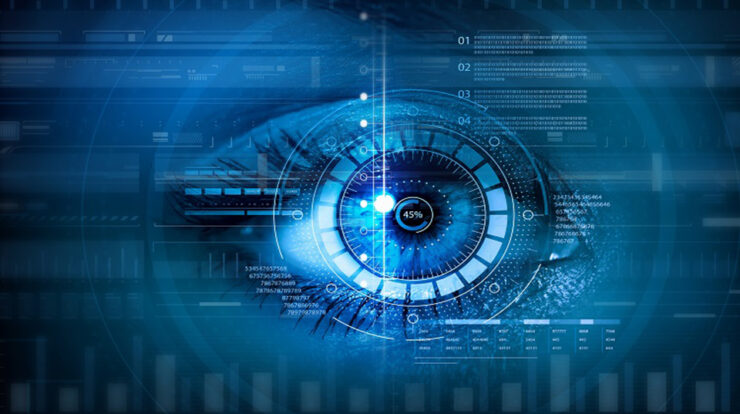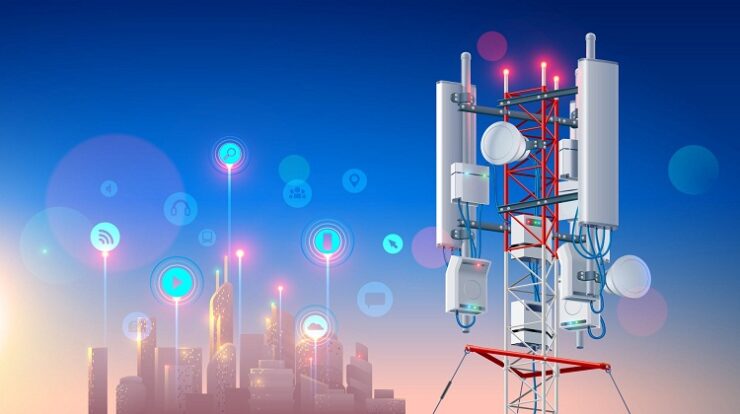
The study and use of computer vision technologies are expanding at a fast pace. Research progress in computer vision has become more instantly valuable for the business sector.
In artificial intelligence, computer vision technologies are implemented to aid with object recognition, classification, and even real-time responses. Examples of tasks include image categorization, face detection, present estimation, and optical flow. Engineers specializing in computer vision are a subset of the more considerable deep learning (DL) and machine learning (ML) communities who create and optimize computer vision algorithms for these uses.
Several computer vision issues lend themselves nicely to the framework of DL algorithms. Because of their unique architecture, convolution neural networks (CNNs) can recognize and extract spatial patterns and features in visual input.
It may be challenging to keep up with the newest discoveries, trends, and breakthroughs in computer vision, which are fast-altering sectors such as automotive, healthcare, and robotics.
Who Are These People Who Work As Computer Vision Engineers?
The computer vision engineer is a specialist in machine learning used to create artificial visual perception. He streamlines our workflow and improves our quality of life by creating and automating computer vision models. Engineers specializing in computer vision are tasked with creating and validating practical applications of computer vision technology. They collaborate with the development group and the customer to develop new features and implement immediate feedback. They also participate in developing and testing prototypes for future technologies and concepts that the corporation may commercialize.
Engineers specializing in computer vision often do double duty at tiny companies. To stay up with the state of the research while implementing the emerging approaches, they would need to comb the internet for fresh study articles. It’s essential to understand what working as a computer vision engineer thoroughly entails by reading the position description.
Computer Vision For Future Prediction
Here are a few of the most fascinating applications of visual data for futuristic forecasting:
Medical diagnosis traditionally depended on visual evidence like X-rays and CT scans. Thanks to advancements in computer vision, we can now take preventative measures. When it comes to interpreting visual data to detect and follow the progress of a disease, machines may not only aid but also even surpass human skills, enabling informed healthcare choices and driving improved health outcomes.
Global Warming
The problem of climate change will test future generations. The abundance of topographical information at our disposal has allowed us to become more knowledgeable than ever before. With computer vision techniques, we can monitor anything from weather shifts and resource depletion to wildlife migrations.
Deforestation
The survival of the world’s remaining rainforests is in jeopardy due to illegal farming, construction, and logging. Experts can keep an eye on these priceless ecosystems from afar using computer vision, educated on satellite photography and visual input from the ground.
Conclusion
With the rise of artificial intelligence, computer vision certification technologies are becoming more commonplace. The use of computer vision in advanced reporting is also on the rise. Cloud computing services, Auto ML pipelines, transformers, portable-focused DL libraries, and computer vision mobile apps are all increasing. With them comes a greater need for trained professionals familiar with the technologies behind them.






